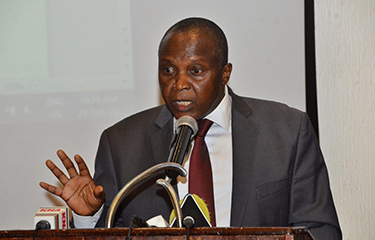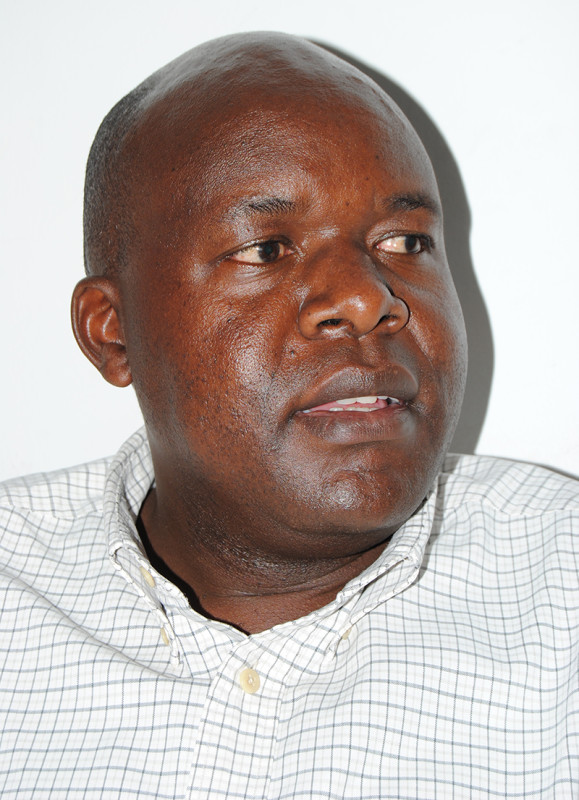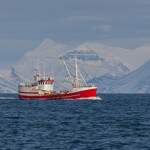More counties sign up for Kenya’s aquaculture scheme

Nine county governments in Kenya have signed a memorandum of understanding with the national government to participate in a KES 14.9 billion (USD 136 million, EUR 115.8 million) Aquaculture Business Development Program (ABDP) that is partly financed by the International Fund for Agricultural Development (IFAD).
"The program is going to see an increment in income over eight years and enhance food and nutrition status in poor households involved in aquaculture," Fisheries Principal Secretary Micheni Ntiba told Business Daily Africa.
He spoke during the signing of the MoU with the governors of nine counties for the implementation of the ABDP, which was designed by IFAD and initially launched in 2018 for implementation over an eight-year period.
The program targets the “broadening and deepening the aquaculture value chains to increase the volume and value of fish and fish products produced and sold,” according to the Ministry of Agriculture and Fisheries.
Six of the counties in the first phase include Homa Bay, Migori, Kakamega, Kirinyaga, Nyeri, and Meru. In the next phase, the counties of Tharaka Nithi, Kisii, Kisumu, Siaya, Busia, Embu, Kiambu, Machakos, and Kajiado would be brought on board. An estimated 35,500 households are expected to benefit from the project.
These counties are perceived to have “high concentrations of aquaculture activity, high production, existing sectoral infrastructure such as processing, marketing and research, adequate water resources and marketing potential” according to IFAD.
Previously, IFAD had announced a USD 40 million (EUR 34 million) loan drawn from the 2016-18 Performance Based Allocation System cycle equivalent to 27.9 percent of the program costs, while the government of Kenya is to provide USD 31.4 million (EUR 26.7 million), or 21.9 percent, of the total funding.
Another 30.4 percent of the financing, or USD 43.6 million (EUR 37 million), is expected from beneficiary contributions in cash or kind while the Food and Agriculture Organization has committed USD 400,000 (EUR 340,500). This leaves a financing gap of USD 27.9 million (EUR 23.7 million), which IFAD said “may be sourced by subsequent performance-based allocation system cycles (under financing terms to be determined and subject to availability of funds and internal procedures) or by co-financing identified during implementation.”
The aquaculture initiative is meant to “assist large numbers of smallholders to become profitable fish producers or village-level providers of related services within a secure value chain framework,” according to IFAD.
Additionally, the project promotes “public-private producers’ partnerships (PPPPs) as the way forward for the subsector, with a proper allocation of risks between the parties.”
Through the PPPPs, it is expected that a large number of smallholder fish producers and support enterprises can benefit from their business activities directly or “through supply contracts established by out-growers, processors, or small producers’ groups or indirectly through making available affordable goods and services at community level.”
Kenya expects to increase its per capita fish consumption from the current 3.5 kilograms per person annually to 10 kilograms per person once the ABDP runs successfully in the 15 counties to 2026 as envisaged. However, this would still be below the global annual average of 16.8 kilograms per person.
Photo courtesy of the Kenya Ministry of Agriculture






Share